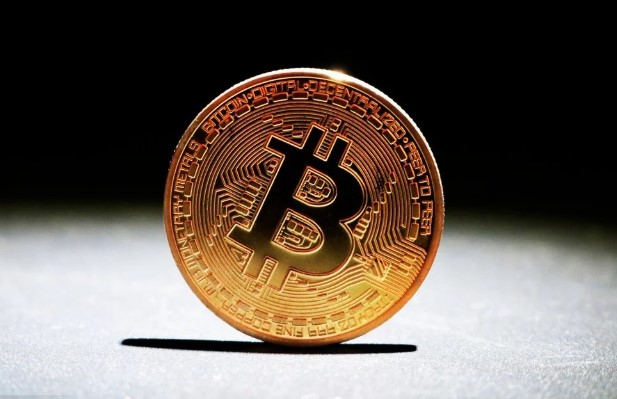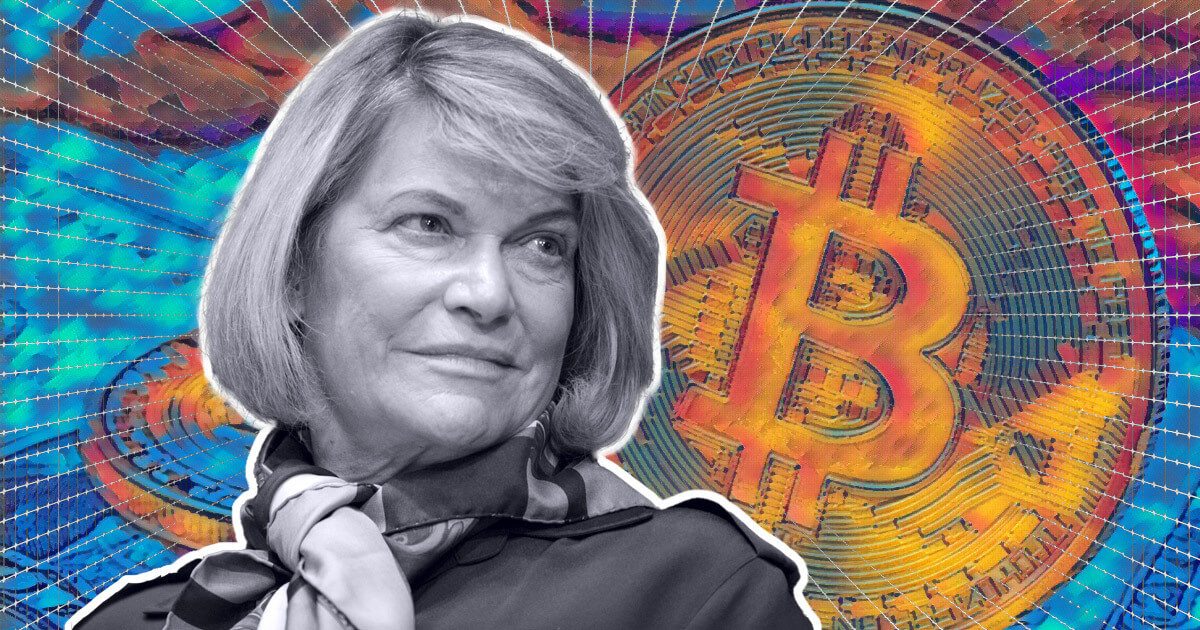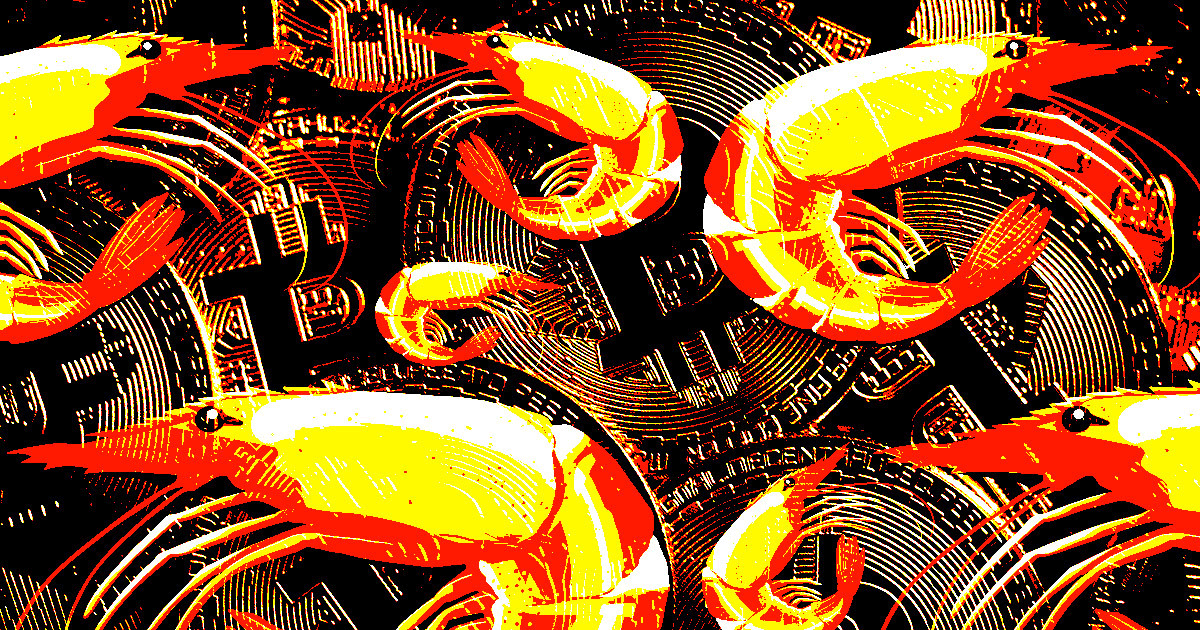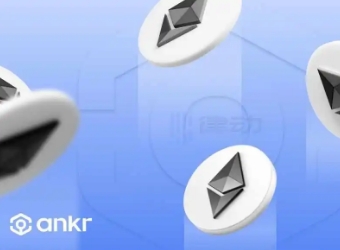Polygon (MATIC) is an L2 expansion solution based on Ethereum, which aims to fill some of the main obstacles adopted by Dapp: speed, scalability and ease of use. So, how does Polygon work? What does it have to do with Matic? Let's have a look.
Earlier, I have introduced to you what is Polygon. Polygon and its lack of community governance, so I apply a novel side chain solution.
Polygon is not a simple expansion solution like its predecessor Matic Network. It uses a technology called Plasma to solve the purchase and sale outside the chain before the final transaction is completed on the Ethereum main chain.
Matic's key features include the following:
1. Scalability: fast, low-cost and secure transactions are carried out in Matic side chain, and certainty is achieved on the main chain and Ethereum (as the first adaptation layer 1 basic chain)
2. High throughput: 7000TPS freight volume is completed on a single side chain on the internal test network, and multiple chains are added for leveling
3. Security: PoS system
Speaking of this, I believe you have a certain understanding of how Polygon works and its relationship with Matic. In general, Polygon (formerly Matic Network) is an aggregator of extension schemes based on Layer2. It allows each extension scheme to easily and simply adapt to Ethereum, and can connect with each other to complete cross chain. Therefore, it is also called "Ethereum Assistant". MATIC currency is the currency of Polygon, which will play an increasingly important role in the platform to maintain system security and achieve autonomy.















 Tue, 18 Apr 2023
Tue, 18 Apr 2023
